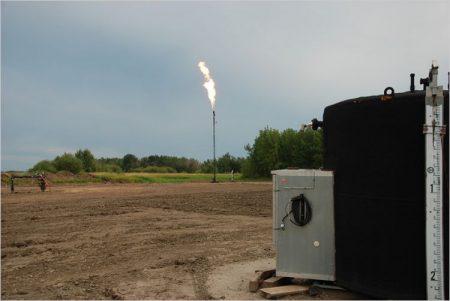November 2, 2017 – In medieval times the “commons” was land set aside by a feudal lord for peasants to share for grazing sheep, goats, and cows. In sharing the common land all bore a collective responsibility to sustain it. In First Nations and Inuit culture, all nature is part of the commons, to be nurtured and sustained for all life recognizing the interdependency and balance necessary to sustain a tribe.
No one wants to go back to feudal Europe. But we might want to consider what we can learn from the Inuit and First Nations if we are to remain in harmony with this planet, the only place we know where complex life exists in the Universe.
So what has put us out of synch with nature and the planet? The rise of capitalism and individual rights has moved us away from the commons. Today it is these foundational concepts in Western culture that has led us to where we are facing the issues of global warming and other climate change phenomena. We have taken individualism and asserted it over collective environmental responsibility for far too long. And in spreading the values and ideas of capitalism across the globe during colonial expansion we now face a problem that some of us would rather deny exists.
The oil and gas industry remain in that state of denial to this day. The industry sees its worth in its economic an energy contribution across the planet. It considers the environmental challenges an irritant. The result, the industry continues to pollute the commons as necessary to its business model and to the profit of shareholders. And now, in its latest denial effort, is pushing back against governments trying to reduce greenhouse gas emissions, and in particular, methane pollution from extraction and exploration operations.
Methane (CH4) is a potent greenhouse gas, up to 30 times more significant in affecting atmospheric warming than carbon dioxide (CO2). CH4 may not last as long in the atmosphere but it from industry and natural sources is currently contributing to warming in its own way.
For the industry, CH4 comes with the territory. When you are drilling a new well, or during fracking operations, or even after a well goes into production, CH4 is a natural byproduct. In the past CH4 was dealt with two ways. It was allowed to escape into the atmosphere, or if in high concentrations, flared off by burning it at the wellhead. Leaks were just part of the business model.

But as the Canadian and Alberta governments attempt to mitigate climate change while giving the oil and gas industry the means to continue to operate, they have proposed regulations requiring producers to seal CH4 leaks and capture the gas at all other times during exploration, production, and extraction. The industry has responded to these regulations by asking for flexibility in the oversight of operations. What the industry has lobbied for is the government to only make compulsory visits to wells at high risk of leakage rather than monitor all sites. The industry also wants the government to relax oversight of CH4 reductions at heavy oil operations, the oil sands. Their rationale is that the technology to reduce CH4 in the latter represents a more significant investment which for the moment it appears they are not prepared to make even in the face of global warming. The latest research on oil sands operations indicates that CH4 emissions are 50% greater at these sites than from other oil and natural gas sources.
Two of the governments in Canada, the federal and the province of Alberta, have agreed to set CH4 reduction targets of 45% by 2025. They want to see CH4 emissions decline by 282 megatons by 2035. They estimate this will put $13.4 billion back into sustainable economic development rather than into adaptation and mitigation projects to deal with the impacts of global warming and other climate change elsewhere.
It is pretty clear that the industry continues to maintain a mindset established right at the beginning of the Industrial Revolution. The commons, the air we breathe, the water we drink, the ocean, and the land, all just dumping grounds for the dross and waste that comes from enterprise, whether capitalist, communist or from central planning. Whether it’s Europe, Russia, China, the United States, Canada, Australia, Brazil, or the many Developing World nations, this disregard for the health of the commons is prevalent across the planet, a byproduct of the global reach of advanced industrial technologies and short-term thinking.
The industry can argue that regulation and unrealistic deadlines could produce job losses, and therefore, less tax revenue to government. But these statements represent no more than strong-arm tactics to weaken environmental resolve. There is, however, only one prescription to heal the commons. If government won’t prescribe it, and industry won’t prescribe it, then who will? For the sake of those who inherit the legacy of our climate inaction, we owe it to them to start delivering the medicine that will heal the commons for posterity.








